New Hampshire Chicken: Complete Care Guide
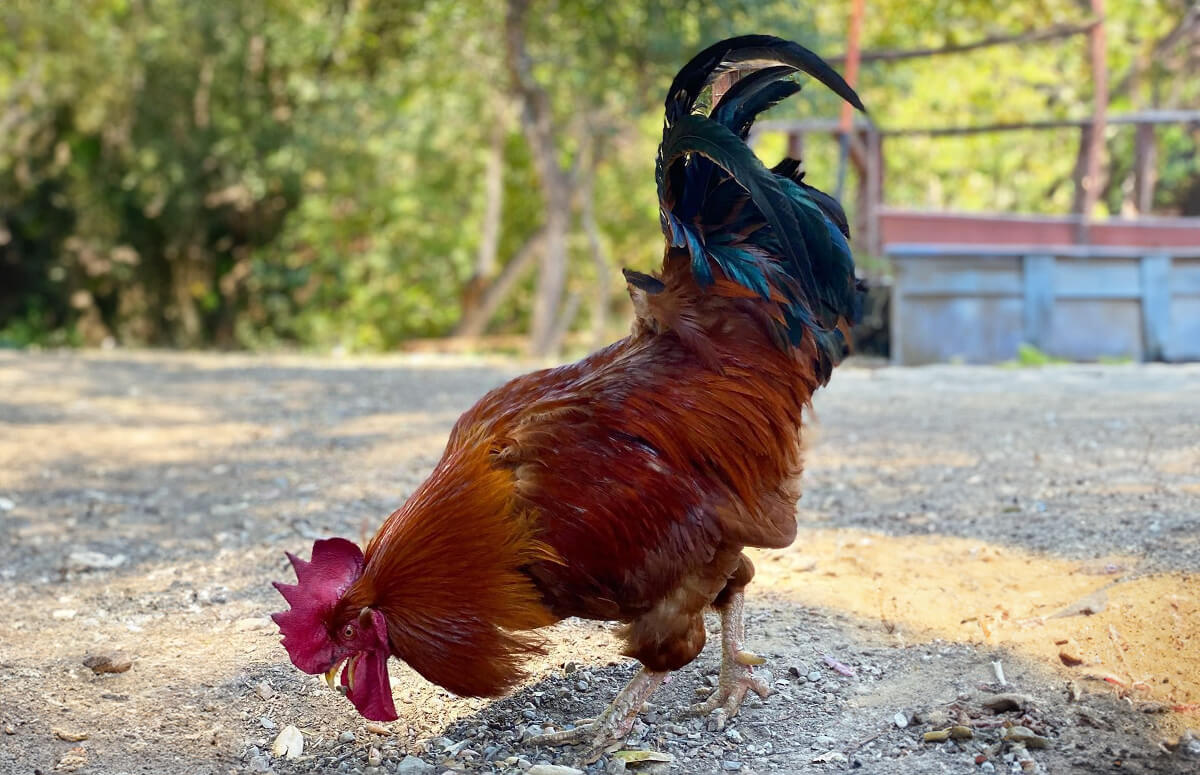
If you are looking to add medium-sized, hardy, dual-purpose chicken to your flock, the New Hampshire Chicken might be a great option. This breed can provide you with both a satisfactory egg supply and a decent potential for meat production.
Let’s give you a brief introduction to help you decide if this is the breed you are looking for.
History and Breed Profile
The New Hampshire chicken originated in New Hampshire and Massachusetts. In the early 20th century, poultry breeders actively began to select hens from Rhode Island Red, focusing on desirable traits like rapid feather growth, fast development, and significant meat production.
After a rigorous process, a distinct poultry breed emerged and was named “New Hampshire” in honor of the state where it was developed. No other breeds than the Rhode Island Red were involved in creating the New Hampshire.
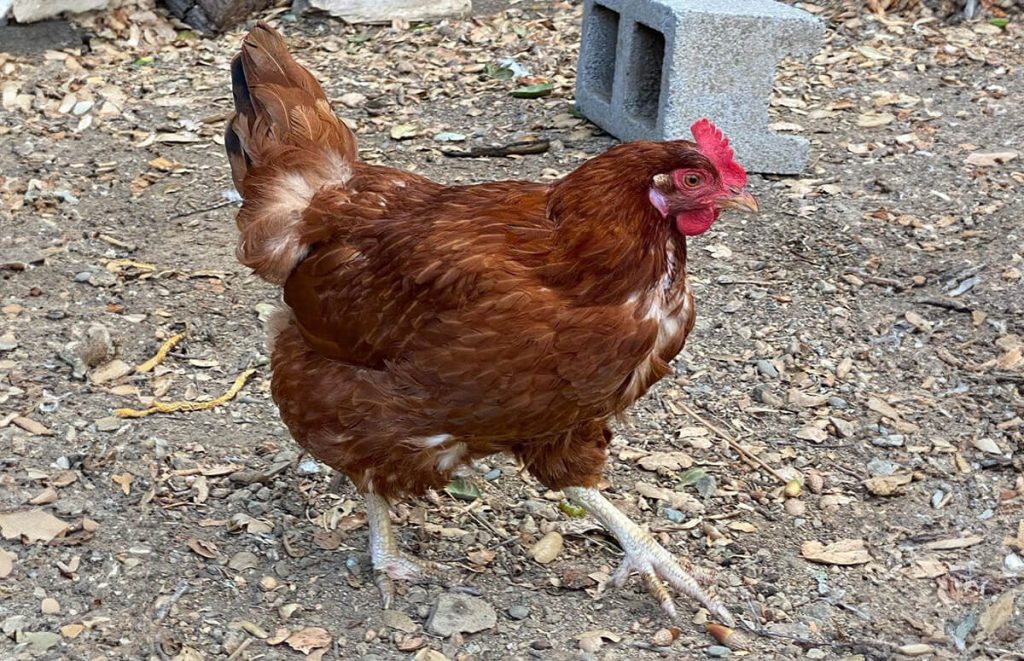
While one might assume that these breeds, i.e., the Rhode Island Red and the New Hampshire are identical, they actually have different characteristics and are acknowledged as separate breeds. The New Hampshire is a separate strain of Rhode Island Red chickens.
New Hampshire chickens are not categorized as critically endangered; instead, they are acknowledged as a breed with a high level of rarity. It was officially recognized as a distinct breed by the American Poultry Association in 1935.
Characteristics
The New Hampshire chickens are a multicolored breed with a rustic appearance. They are reddish-brown in color with a hint of black on the tail, have bright yellow toes, brown eyes, red earlobes, wattles, and a single comb.
They have broad bodies, making them appear “stronger”. But don’t confuse their robust look with aggressiveness. In fact, they are pretty manageable in the yard and exhibit nurturing traits.
These chickens grow their feathers pretty quickly. After maturing, these feathers transform into gorgeous shades of gold and deep chestnut. The plumage comes into full form by the sixth week. It is relatively lightweight but doesn’t reveal any skin patches.
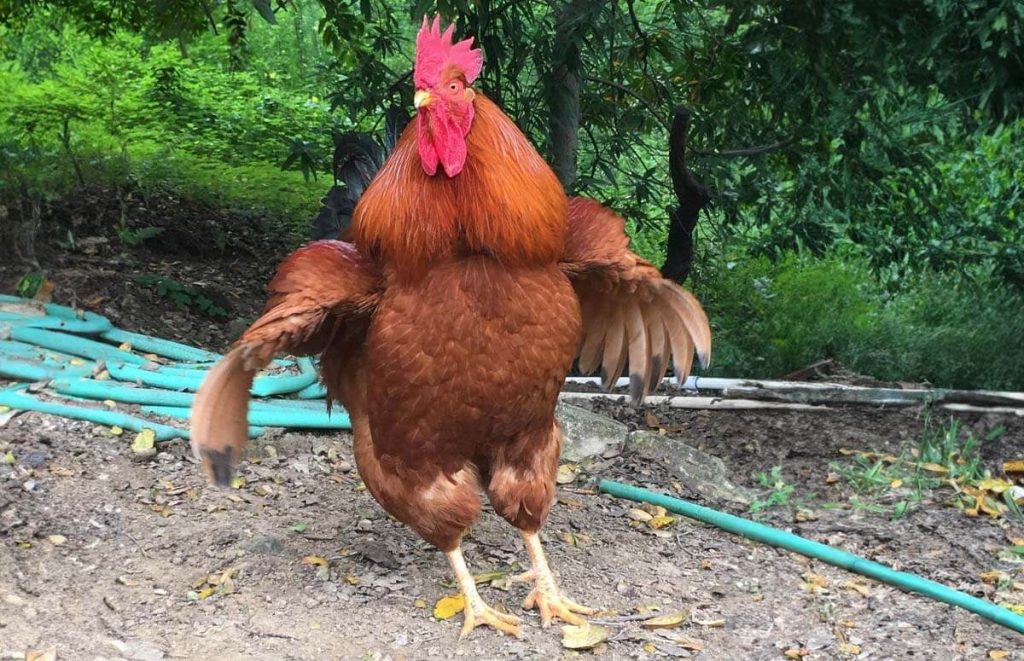
A fascinating trait of the New Hampshire chicken is its transformation before and after its annual molt, which gives the impression of two different birds. They display their gorgeous color pattern right after they grow their plumage. But after a few months of outdoor life, the color starts fading, and patches appear.
Generally, mature New Hampshire hens weigh around 6.5 lbs. Meanwhile, roosters weigh approximately 8.5 lbs.
Personality
Managing New Hampshire chickens is easy, even if you are a new poultry keeper. But newbies might feel a bit uneasy about adding them to their flock due to their macho appearance.
In reality, you don’t need to feel intimidated by their size. These guys are gentle with their owners and don’t throw tantrums. They typically maintain a calm disposition, allowing you to let them roam around the garden while you attend to your daily tasks undisturbed.
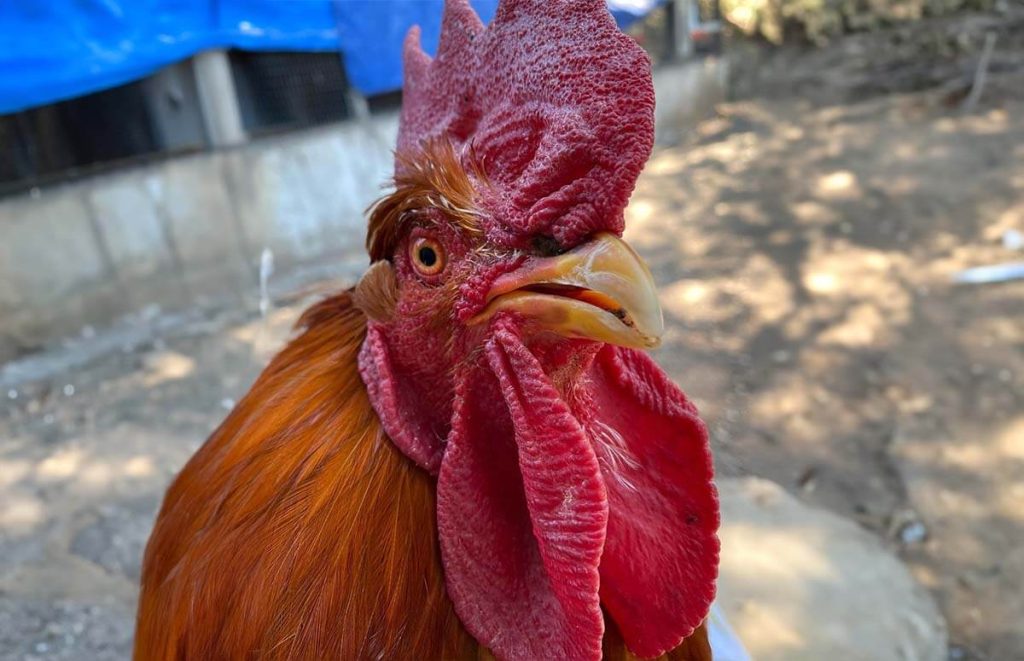
Regarding vitality, New Hampshire chickens have high energy levels and overall good health. You only need to give them enough space to roam around, as you don’t want them to feel uncomfortable. They also aren’t flighty birds, so you don’t need a high fence to keep them from escaping.
On the other hand, this easygoing nature may not extend to interactions with other breeds. In the presence of other breeds, New Hampshire chickens can be unfriendly, grumpy, and food-competitive. Typically, these assertive tendencies are more commonly observed in roosters, but hens also tend to be higher in the pecking order.
Therefore, it’s imperative to take note of their temperament, especially if there are more docile birds around. It is, in fact, better to keep them away from chicks that are not theirs and unconfident breeds in the flock.
Another thing that might tug at your patience level is the noise they create. Brace yourself for some feathery symphonies, as they can get loud. Off course, this loudness will depend from bird to bird, but if you happen to have noise-sensitive neighbors who prefer silence, it might be a good idea to have a friendly chat with them before keeping a New Hampshire.
Hardiness
New Hampshire chickens are pretty hardy and can tolerate various climates and environmental conditions. However, make sure they are correctly housed during extremely cold and hot weather.
In hot months, ensure they have cool water and shade. Additionally, you need to protect them during frosty conditions due to their single large comb, which is susceptible to frostbite.
Egg Production
Since New Hampshires are dual-purpose chickens, they have a decent egg-laying capacity. They lay large brown eggs.
Generally, they lay about 4-5 medium-sized eggs weekly, thus around 230-240 eggs yearly. This number is not relatively “eggstraordinary”. But it’s understandable, as these chickens are primarily raised for their plentiful meat supply. (made possible by their broad bodies)
However, what’s interesting is that they pretty much keep laying eggs even when circumstances seem a bit unusual. During warm and cold temperatures, you won’t see many other hens laying eggs. But the New Hampshire hens will be on duty, laying eggs, and going on with their business.
Another interesting fact: they are known to have nurturing abilities and often get the urge to go broody. So, if you want a motherly figure in your flock, the New Hampshire chickens are an excellent choice due to their maternal instincts.
Meat Production
New Hampshires are meaty birds as they were initially bred to produce more meat than Rhode Island Red chickens. Thanks to their impressive carcass size, the New Hampshire chickens offer substantial breast meat.
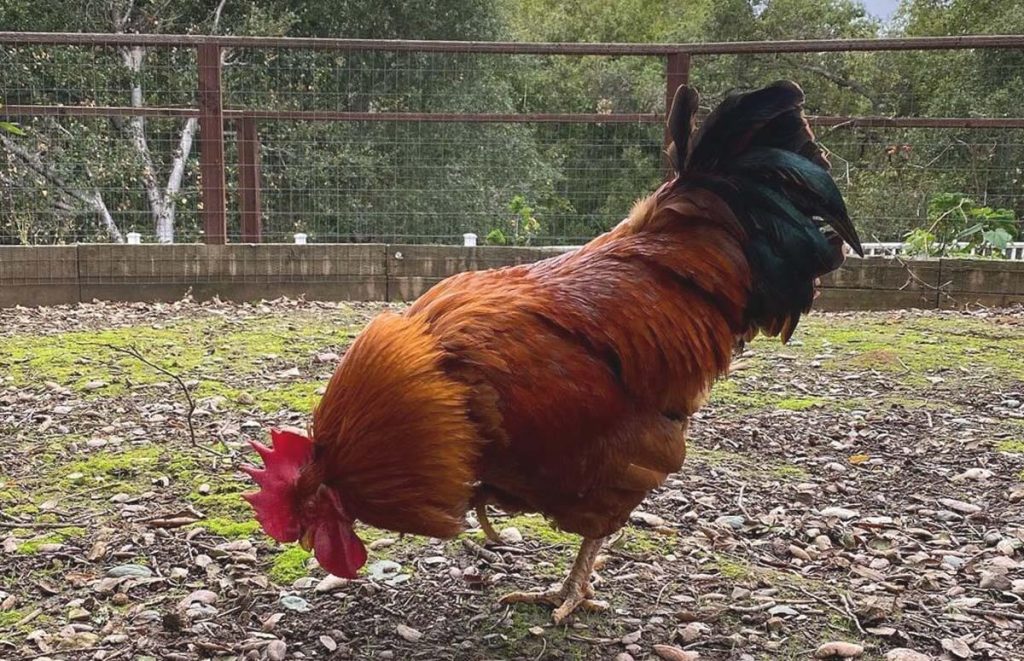
However, you need to consider the fact that strains play a significant role when it comes to meat and egg supply. Some New Hampshires are bred to be better egg suppliers, which is favorable for people who want weekly eggs.
But if your primary objective in raising these chickens is to obtain plentiful and succulent meat, it is crucial to ensure that they were bred with that exact purpose.
Concluding Remarks
Sufficiently meaty, decent egg producers, adaptable & hardy, friendly, and easier to manage for owners- these are the New Hampshire chickens for you. Oh, and they are absolutely gorgeous.
So if you are looking for a feathery pet for your backyard that also happens to be an egg layer and an ideal meat source, your search ends here. You will definitely have a great time raising these cuties!
To learn more about chicken breeds, check out our ‘Chicken Breeds Page‘ to see every specific breed we address. Or go to our listicle breed summary on ‘The Classroom‘, or, if you’re unsure where to start, take a look at our ‘Chicken Breeds: Ultimate Beginners Guide‘.
Credits Featured Image: @clucklife (IG)






















